Was “A Hard Day’s Night” Created to Get Around Capitol Records’ Exclusive Deal to Release Beatles Music in the United States?
Here is the latest in a series of examinations into urban legends about music and whether they are true or false. Click here to view an archive of the music urban legends featured so far.
MUSIC URBAN LEGEND: The film A Hard Day’s Night originally was made just so United Artists’ music company could get around Capitol Records’ exclusive rights to put out Beatles music in the United States.
In October of 1963, the Beatles were still largely unknown in the United States, but there were clear indications that the group was gaining some significant momentum in their home of the United Kingdom, and that soon they would becoming more popular in the States (heck, you could argue that Beatlemania had already begun in England by this point in time).
But in October of 1963, Capitol Records, who had the exclusive rights to release new Beatles music in the United States, seemed totally disinterested in the group. Capitol Records actually decided to pass on releasing two singles by the Beatles offered to them.
While Capitol Records was not paying attention to the buzz in England, United Artists was. They had a bit more of a presence in England, so they were picking up on the early stages of Beatlemania. Therefore, the music division of United Artists discovered a bit of a loophole in Capitol Records’ exclusivity in the United States – there was an exemption for film scores!
So United Artists music division asked the movie division to sign the Beatles to a movie deal, which would allow them to release a soundtrack.
The movie division did so, signing the Beatles to a three-picture deal at a very reasonable rate (in retrospect, it seems far too low for the Beatles to sign for about 70,000 pounds per picture – plus a cut of the film’s profits, but you have to understand that in the Fall of 1963, while it was clear that the Beatles were going to be huge in England, who knew that that would translate to the United States? And even if they were going to be popular, who knew they would be popular enough that people would want to watch a FILM about them?). The movie’s budget was a paltry half million dollars (which was cheap, even for 1963).
Anyhow, a month or so later, after a TV news story on “Beatlemania” in the UK, Capitol Records decided to rush out a single by the Beatles – “I Want to Hold Your Hand.”
And by the time Richard Lester (United Artists’ pick to direct the film) began filming in March of 1964, Beatlemania had hit the United States in full force, and it was clear that United Artists had hit upon a coup with their movie deal.
A Hard Day’s Night was a smash hit.
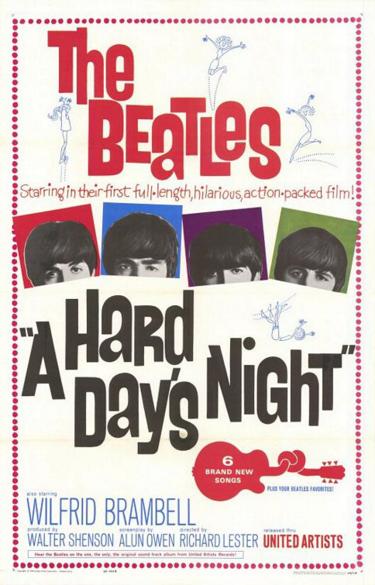
But from the music side of things, it was also a smash, as United Artists released the soundtrack a month before the film – they were only allowed to use songs from the actual film, which led to them filling in the album with George Martin’s incidental music written for the score of the film (amusingly enough, this was the first major payday for Martin in his music career).
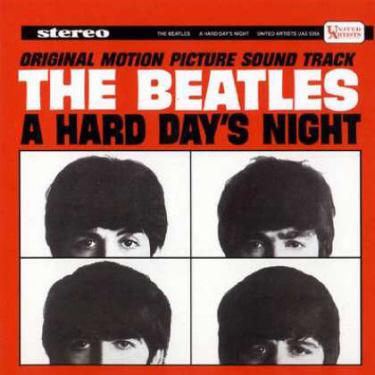
The album was a massive success.
In England, Parlophone released A Hard Day’s Night, only filled in with some new tracks and without the incidental music.
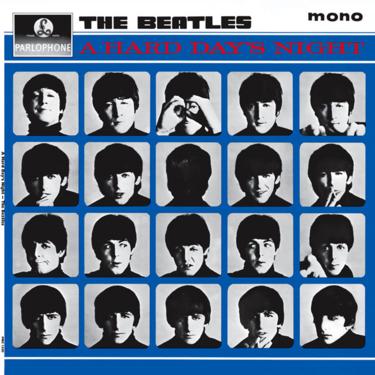
And Capitol eventually released the British version of A Hard Day’s Night, only because of the United Artists album, they called their album Something New…
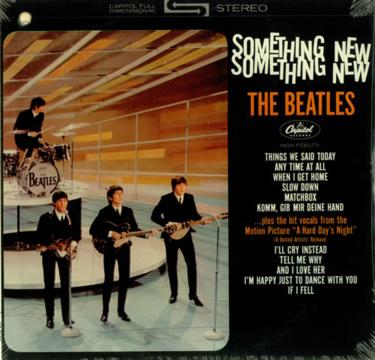
Due to their earlier release, United Artists’ album sold better (it spent 14 weeks at Number 1 on the charts) even though it was clearly the inferior album. So United Artists’ plan worked pretty darn well!
The legend is..
STATUS: True
Feel free (heck, I implore you!) to write in with your suggestions for future urban legends columns! My e-mail address is bcronin@legendsrevealed.com
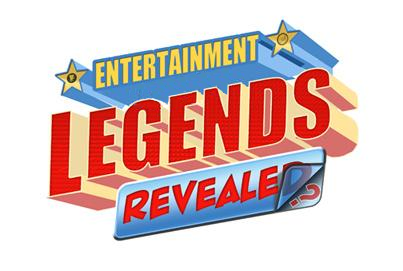





I was recently reminded of a comment someone made about how Hard Day’s Night changed rock ‘n’ roll movies (maybe comedian John Keister, or film critic Greg Palmer).
Before Hard Day’s Night rock ‘n’ roll movies were 90 minutes of plot and 10 minutes of music, and fans went for those ten minutes. Hard Day’s Night was 10 minutes of plot and 90 minutes of music, and was better for it.
😉